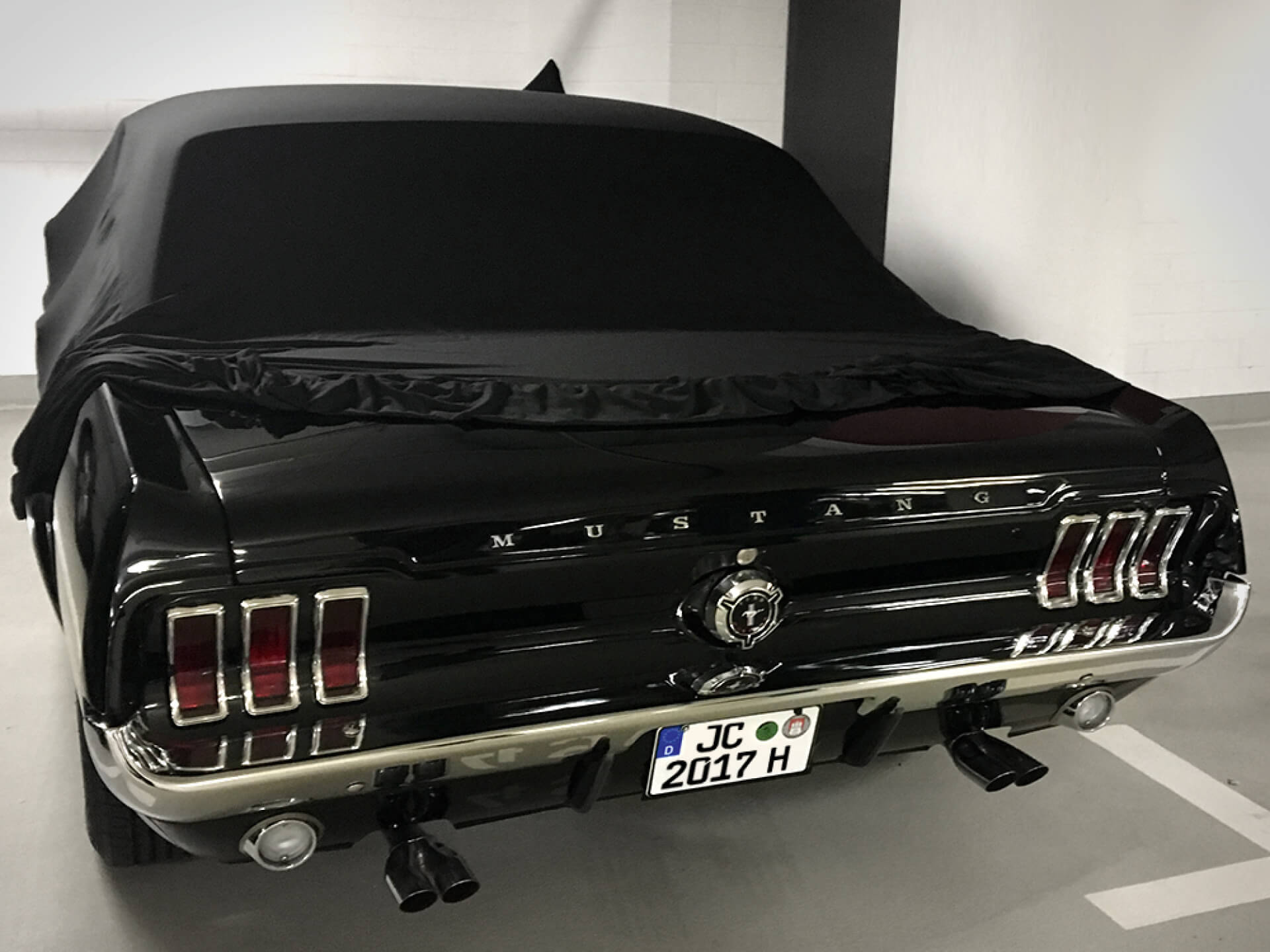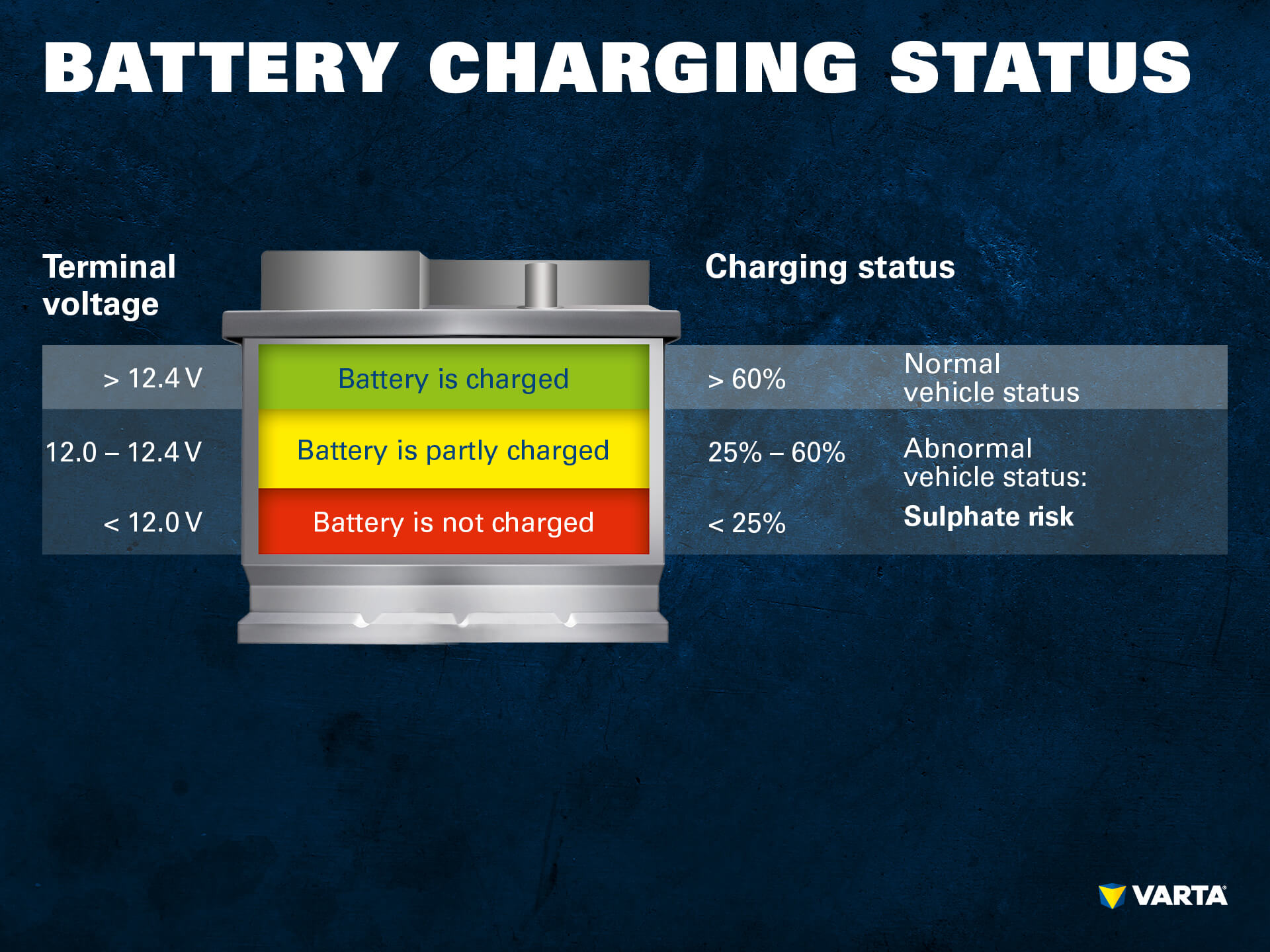How to store vehicle batteries
This article contains:
The cold season does not entice motor cyclists or drivers of vintage cars and convertibles to drive. Many enthusiasts do not license their vehicles during the winter and to enable a good start to the season in spring, attention must be paid to continuous battery care and proper battery storage. Both of these are important for the charge level and therefore a long battery life.
What to note when storing your battery:
- Correct storage location
Poor storage conditions over a long period can result in deep discharge, which can irreversibly damage the battery. Therefore, special care must be taken as to where, and at what temperature the battery is stored.
A car or motor cycle battery can remain in the vehicle, even for long standstill periods if the garage has the right conditions for battery storage. The right temperature is important for the choice of storage location. Car batteries like to be kept cool and dry. The optimal storage temperature for a car battery is an annual average of 15° C.
While the electrochemical processes in the battery are slower at very low temperatures, at high temperatures, all processes take place much faster. This means that corrosion and sulfation can also occur more quickly and therefore considerably reduce the life of the battery. An excessively high storage temperature must therefore be avoided.
The humidity of the air can also affect the charge level if it condenses on the battery and causes small leakage currents between the positive and negative terminals, which causes faster discharge.
Storage in a cellar is possible in principle, but the room must be dry. The optimal solution is a room in the house in which there is a dry atmosphere and a constant temperature, even in winter.

- Charge at regular intervals
Before storage, the battery should be fully charged to between 12.7 V and 12.8 V. To prevent deep discharge, in case of long standstill times and storage of the vehicle, a maintenance charge of 12.5 V must be ensured. To maintain the charge the voltage should be checked every two months. If it is 12.5 V or less, it is advisable to charge the battery with a charger. For this, a special charger must be used, which includes a maintenance charge mode as otherwise there is a risk of overcharging. In case of doubt, please consult the manufacturer’s information.
The permanent damage to battery capacity which is caused by deep discharge can at best only be remedied by a charger with a reconditioning function.
- Take care of the battery and prevent corrosion
In autumn and winter, the vehicle is prone to rust. This also applies to the battery. Corrosion reduces the period of use and endangers safety. Therefore, all traces of rust should be removed from the battery terminals before installation. Corroded connection terminals and fastenings can be thoroughly cleaned with a brush and a mixture of water and sodium bicarbonate. Additional treatment with terminal grease prevents renewed corrosion.
Quick check for correct battery storage: Note the following:
- The battery should be stored upright
- The room should provide facilities for battery charging
- The storage area should be adequately ventilated
- The room temperature should have an annual average of 15° C
- Ensure a dry room atmosphere
- Keep the battery clean to prevent leakage currents
- The battery should be fully charged before storage and should be recharged to 100% if the voltage drops below 12.5 V

PDF instructions for storage and battery charging for download

